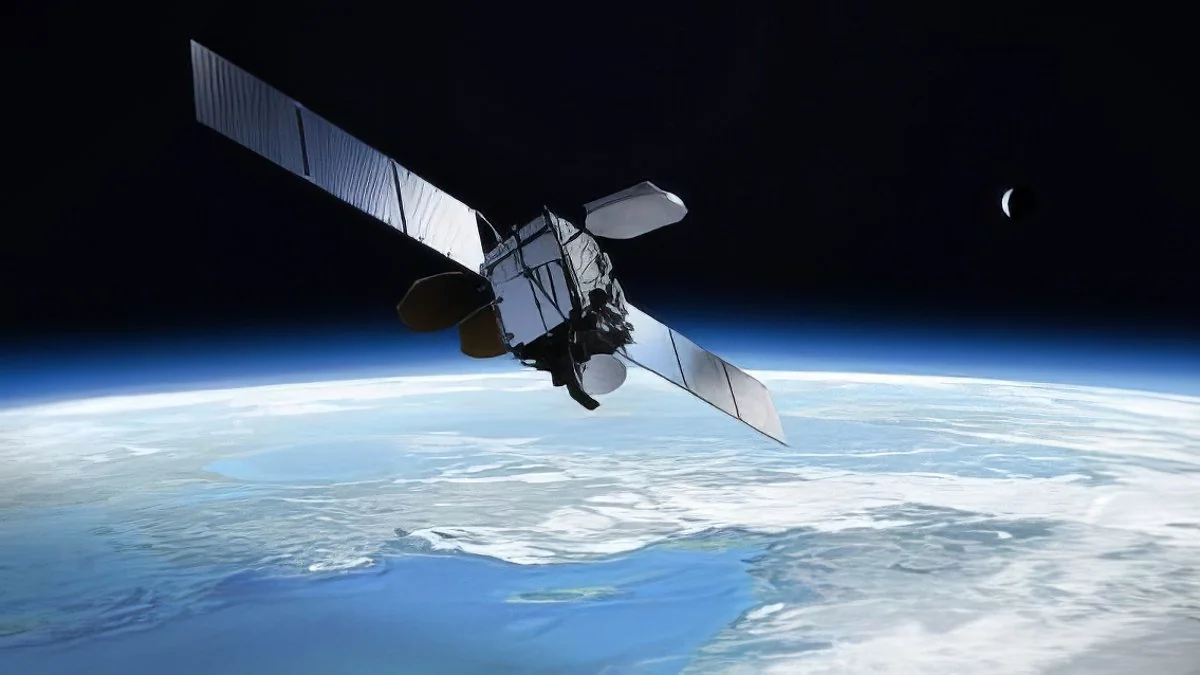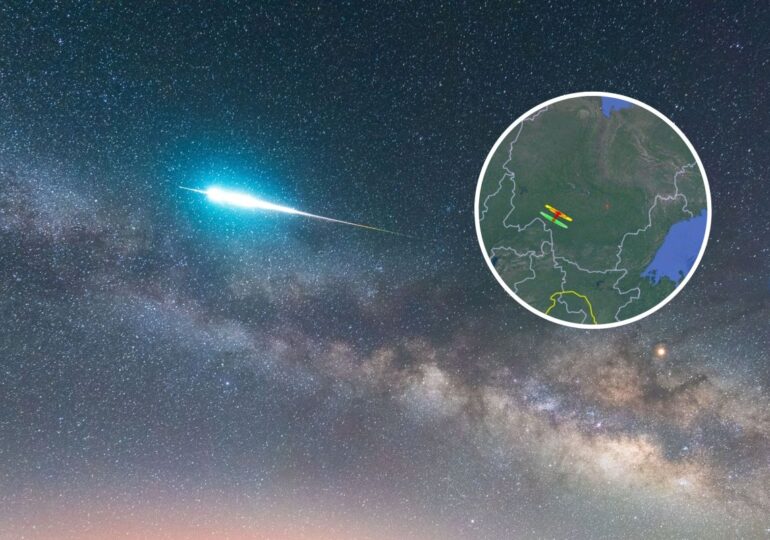Boeing’s Intelsat 33e Satellite Breaks Apart in Space, Creating Significant Debris Field

Boeing’s Intelsat 33e, a significant player in global communications, unexpectedly disintegrated in orbit over the weekend, resulting in the creation of at least 20 pieces of debris. Prior to this incident, the satellite had been operating from a stable geostationary orbit above the Indian Ocean, providing critical broadband communication services to regions spanning Europe, Africa, and Asia. However, the satellite ceased functioning on October 19, 2024, and Intelsat, its operating company, confirmed the total loss of the satellite just two days later, on October 21. The cause behind the satellite’s sudden breakdown remains shrouded in mystery, prompting investigations into the incident.
Following the breakdown of Intelsat 33e, the U.S. Space Force confirmed the satellite’s fragmentation into multiple debris pieces. Although the fragments currently pose no immediate threat to other operational satellites, the event highlights the ongoing issue of space debris and the potential hazards it poses to future space missions. Intelsat officials have announced that they are working closely with Boeing and relevant government agencies to uncover the root cause of the satellite’s malfunction. A Failure Review Board has been established to conduct a thorough investigation, ensuring that any findings can be used to enhance safety and reliability in future satellite operations.
This incident is particularly concerning as Intelsat 33e was part of Boeing’s EpicNG satellite platform, which was developed to provide next-generation communication capabilities. Launched in 2016, Intelsat 33e represented significant advancements in satellite technology. However, the platform has come under scrutiny following this latest failure, marking the second incident involving its satellites. Previously, Intelsat 29e experienced operational issues after potentially being struck by a micrometeoroid or affected by solar activity. These recurring failures have diminished the expected operational lifespan of these satellites, raising alarms about the overall reliability of Boeing’s satellite systems.
As the space industry continues to expand, the implications of this incident extend beyond the immediate loss of Intelsat 33e. It raises critical questions about the robustness of satellite designs and the challenges posed by the harsh environment of space. With an increasing number of satellites being launched, the management of space debris is becoming an urgent priority for space agencies and private operators alike. The investigations into Intelsat 33e’s failure will likely inform future designs and operational protocols, reinforcing the need for rigorous safety standards in satellite technology.





















